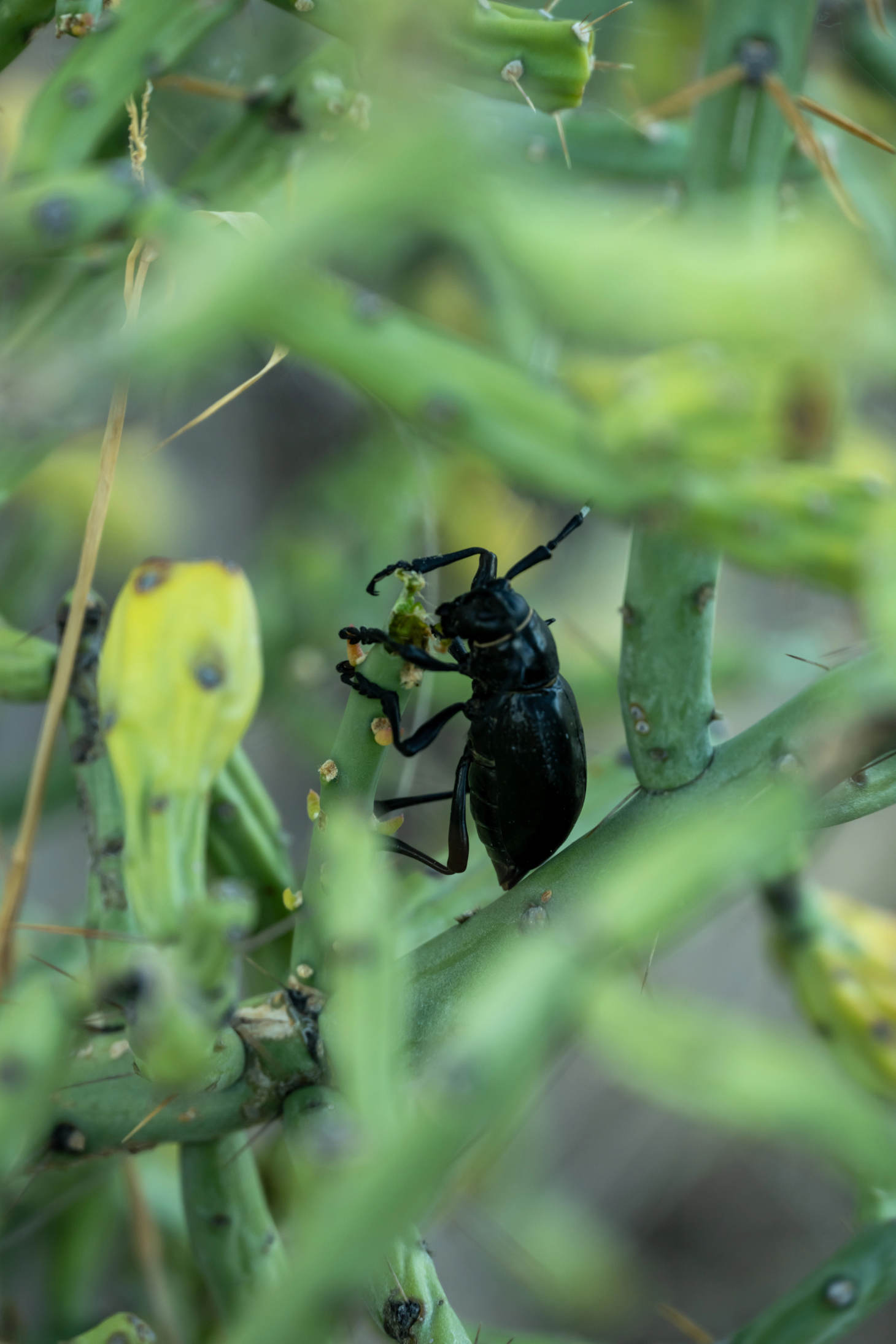Cactus Bugs
Cactus bugs might not be the first concern that comes to mind when taking care of your plants, but these tiny invaders can cause significant problems if left unchecked. The most common pests that invade cacti include mites, beetles, gnats, and mealybugs. These bugs can lead to damage such as discolored patches, wilting, or even rot, making it essential to keep an eye out.
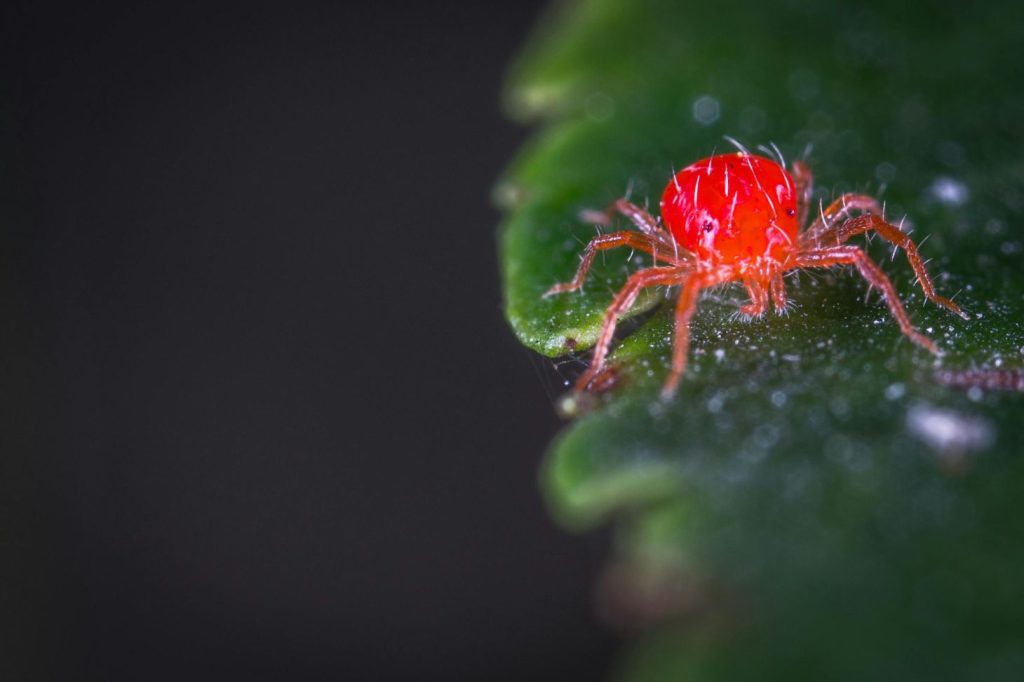
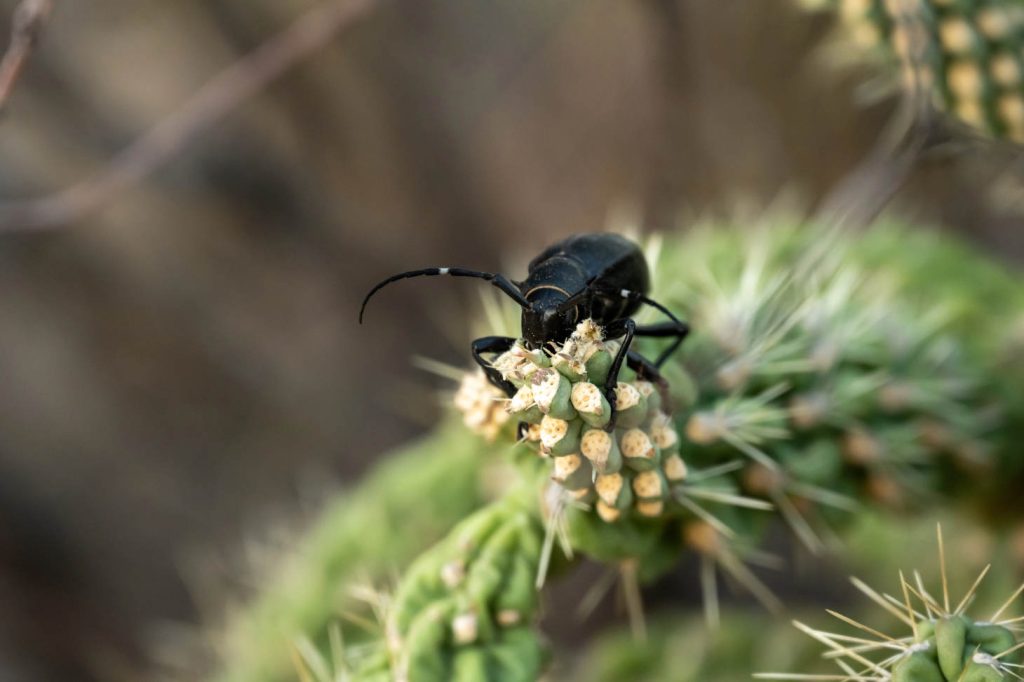
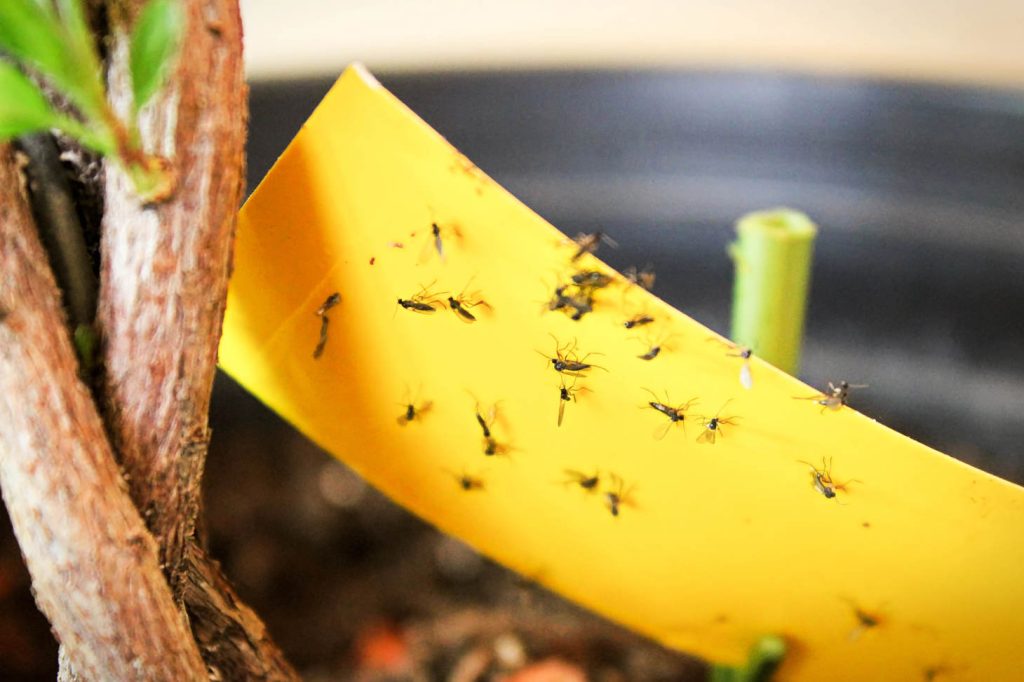
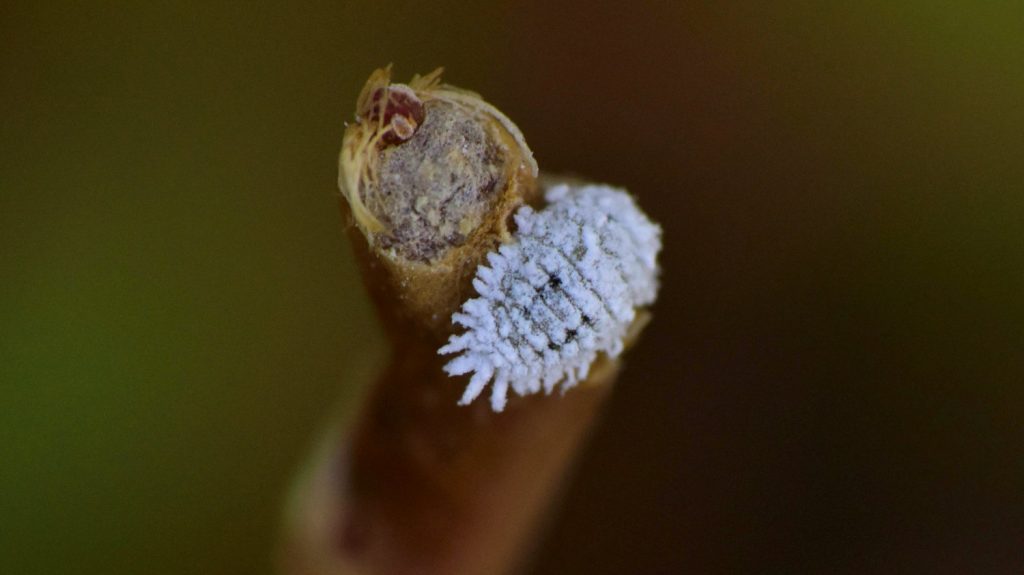
The adult cactus bugs can lay eggs every couple of months, so it’s important to monitor your plant regularly. You may notice adult bugs and smaller green nymphs living together on your cactus. Keeping your cactus dry without overwatering can help prevent the spread of these pests, but in some cases, additional measures might be needed.
It’s beneficial to familiarize yourself with signs of infestation and take prompt action to protect your plants. Your cactus can thrive when you keep common pests at bay and maintain a healthy environment for these unique plants.
The Role of Cactus Bugs in the Ecosystem
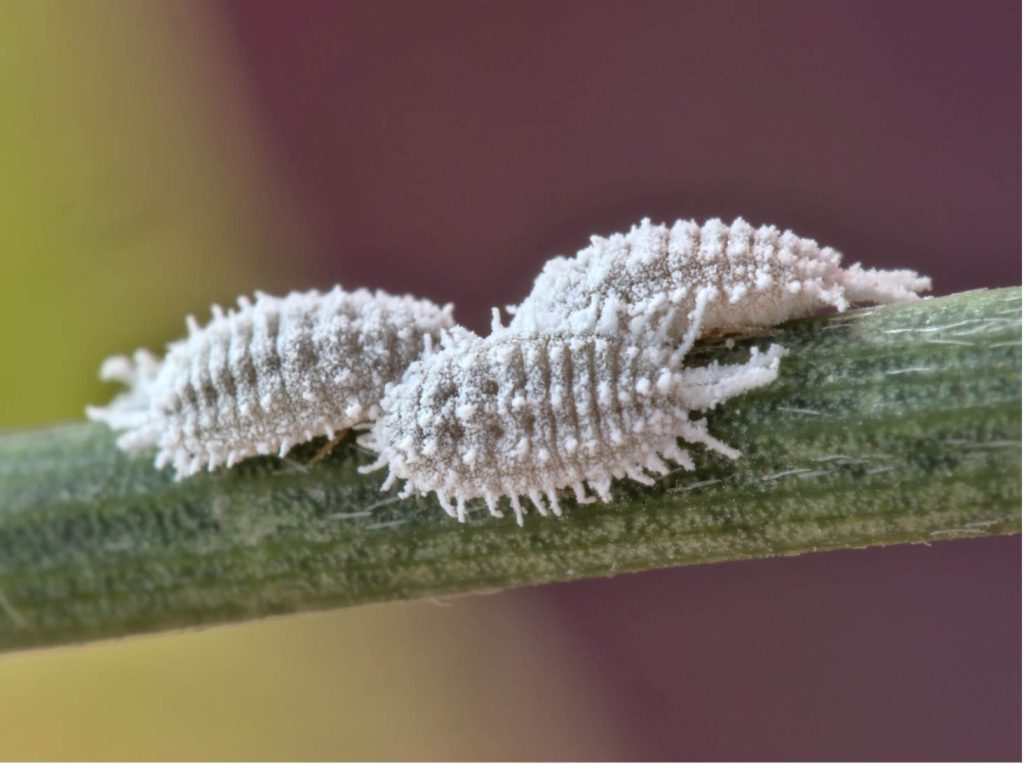
Cactus bugs, such as the cochineal insect and leaf-footed bug, play specific roles in their ecosystem. While cochineal insects help control cactus overgrowth, leaf-footed bugs interact with various plants during their life cycle.
Cochineal Scale and Cochineal Insect Interaction with Cacti
The cochineal insect is a small, soft-bodied pest that thrives on nopal cacti. You might notice these insects as tiny white clusters on cactus pads. They suck the cactus’s sap, impacting the plant’s health. This interaction helps regulate cactus populations, especially in areas where they can grow uncontrollably.
Cochineal insects also produce a red dye when crushed. Historically, this dye was valuable for textiles and art. While their role in the ecosystem supports cactus management, they need to be carefully monitored. Over-infestation can harm the cactus population and disrupt the balance.
Leaf-footed Bug and Its Life Stages
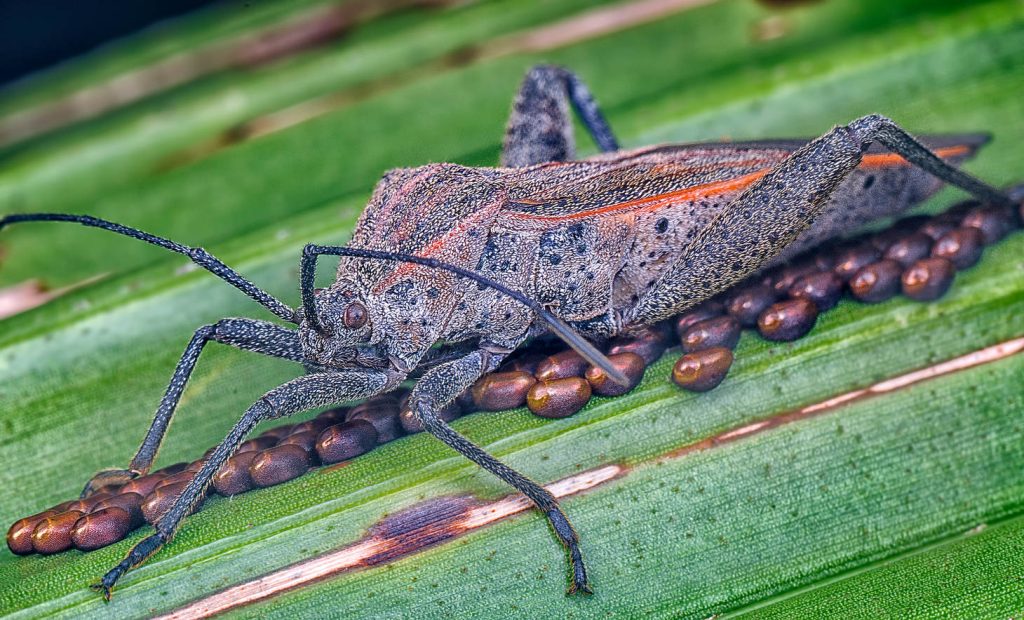
The leaf-footed bug, specifically the species Narnia, also interacts with cactus species. These insects undergo several life stages, including the nymph stage, which can be crucial to their development. During these stages, you may notice groups of nymphs on the cactus feeding on the plants’ juices.
Leaf-footed bugs can cause discoloration or damage to the cacti but generally don’t overwhelm the plants. They play a part in the food web, serving as prey for birds and other predators. This balance maintains the ecosystem’s health, keeping plant and insect populations in check.
Geographical Distribution of Cactus Bugs
Cactus bugs, notably cochineal and Chelinidea vittiger aequoris, inhabit various regions from southern parts of North America to the Canary Islands. Each region presents unique ecosystems that support their survival and proliferation.
Cochineal Insects in Mexico and the Canary Islands
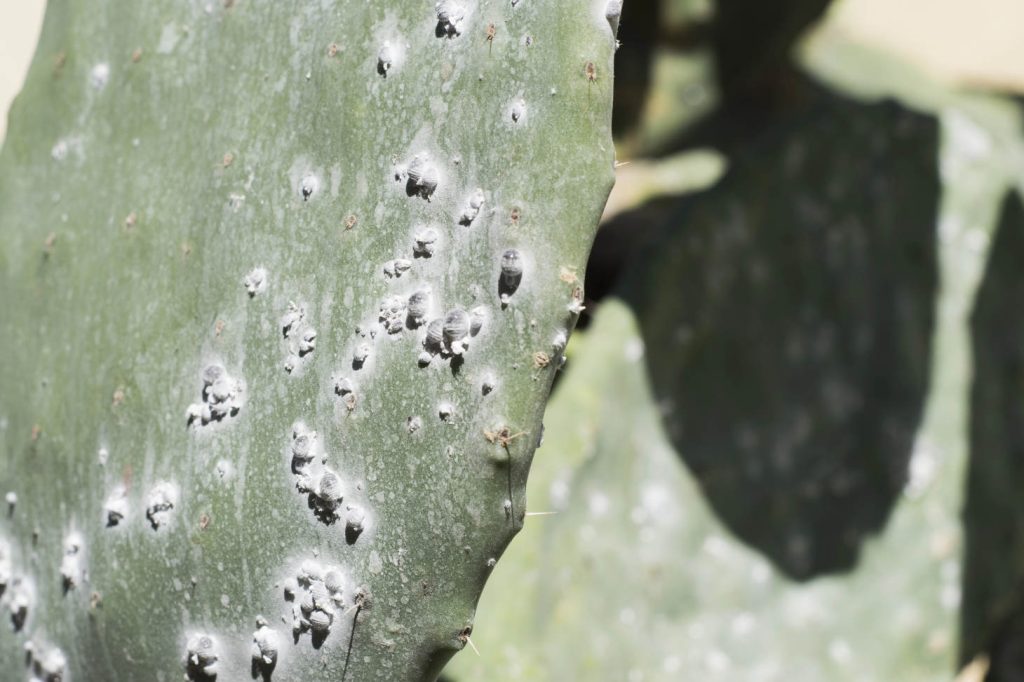
You will find cochineal insects primarily in Mexico and the Canary Islands. In Mexico, these insects thrive on prickly pear cacti, which are abundant and provide sustenance. Indigenous cultures in Mexico have historically harvested these insects for dyes, contributing to both local economies and cultural practices.
In the Canary Islands, the conditions are also favorable for cochineal insects. These regions provide a suitable climate for the growth of cacti, encouraging the spread of these insects. Cochineal is used here too, mainly in the production of natural dyes, which are exported worldwide for use in food, cosmetics, and textiles.
Cactus Bug Habitats Across the United States
Chelinidea vittiger aequoris, a type of cactus bug, is prevalent in various states across the United States. In California, Arizona, and Texas, these bugs feed on the pads of cacti, where they live and reproduce. The climate in these states supports extensive cactus populations, offering habitats for these insects.
In Florida, cactus bugs are also found, benefiting from the subtropical climate. Although these insects are less common in northern areas, Montana occasionally reports sightings of Chelinidea vittiger, likely during warmer months. Northern Mexico is another region where these cactus bugs thrive, similar to patterns noticed in the southwestern United States.
Cultural and Economic Significance
Cactus bugs, specifically the cochineal insect, have played a major role in both culture and economics. From ancient practices in dye-making to its impact on trade, this tiny insect has left a lasting impression.
Indigenous Use of Cochineal for Dye
For centuries, indigenous peoples in America utilized the Dactylopius coccus, or cochineal insect, to create vibrant red dyes. The bugs, residing mostly on cactus pads, were collected and dried.
By crushing these dried insects, a bright red pigment was produced. This natural dye was highly prized and used in textiles, pottery, and face painting. The rich color was not only beautiful but also important for cultural expression and religious ceremonies.
The techniques for making and using cochineal dye were passed down through generations, showcasing the deep connection between communities and this natural resource.
Commercial Production of Red Dye
When Europeans arrived in the Americas, they quickly noticed the bright red dye made from cochineal insects. The demand for the vivid color in European markets led to the commercialization of this dye.
Spain took control of the cochineal trade, mining the insect for its economic value. The red dye became one of the most valuable exports, similar to silver or gold during the height of the trade.
Processing and exporting the dye provided economic growth for Spain and the global trade network. The cultivation and harvesting of cochineal insects required labor, giving rise to new economic activity in regions where the insects thrive.
Conservation and Study

To conserve cacti like the Opuntia or prickly pear, researchers and conservationists focus on protecting their natural habitats.
One of the challenges is safeguarding these species from invasive insects, such as those affecting the Caribbean.
The Desert Botanical Garden is a leader in this area. Since 1939, it has been involved in research and conservation efforts for desert plants, including cacti. Their work helps ensure the survival of species that face threats from pests and habitat changes.
Conservationists also aim to maintain the genetic diversity of cacti. This involves collecting seeds and monitoring populations in different regions. By doing this, they can help preserve different types of cacti for future generations.
Biocontrol methods are sometimes used to manage pest populations. In Australia and South Africa, specific insects were introduced to control pests affecting cacti. This shows how planned interventions can sometimes assist in conservation efforts.
All these efforts require collaboration between scientists, governments, and local communities. This way, conservation can be sustainable and effective. Protecting cacti not only preserves natural landscapes but also supports the animals and insects that rely on them.
Frequently Asked Questions
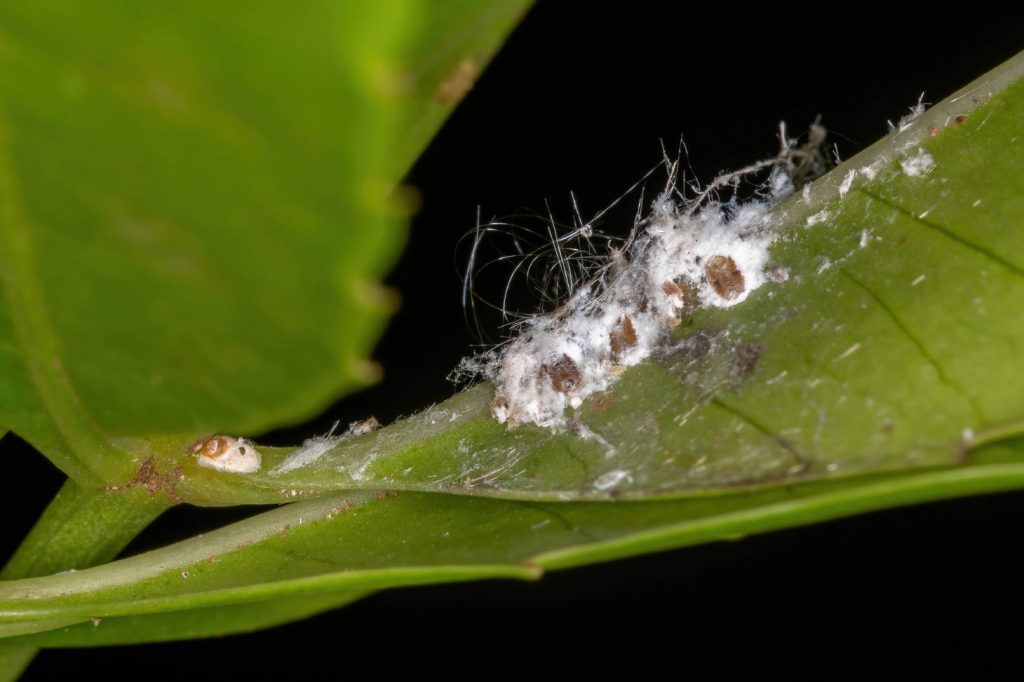
Cactus pests can include several types, such as mealybugs, aphids, and scale insects. Addressing these pests involves identifying their appearance and understanding their impact on both plants and humans.
What methods can effectively eliminate pests on cacti?
You can remove pests from cacti using specific insecticidal soaps or sprays designed for plant use. Regular cleaning and monitoring can help prevent infestations. Reducing excess moisture and maintaining a clean environment is also crucial.
Are insects found on cacti harmful to the plant or humans?
Insects like mealybugs and scale can harm cacti by feeding on plant juices, compromising the plant’s health. These pests are typically not harmful to humans but should be managed promptly to keep plants healthy.
Can bugs found on cacti be used to produce dye?
Certain bugs, like the cochineal insect, are used to produce a red dye. Cochineal insects are found on some cacti species and are harvested for this purpose.
What characteristics distinguish cactus pests?
Cactus pests like mealybugs often appear as fuzzy white spots, while scale insects may look like small, hard bumps. Aphids can be green, black, or other colors, and usually cluster around new growth.
How can one recognize cochineal insects on cactus plants?
Cochineal insects can be recognized by their white, cotton-like appearance. These insects produce a red pigment called carminic acid, which is used for dye-making after being extracted from the dried insects.
What steps should be taken to manage a cactus bug infestation?
To manage an infestation, remove visible insects by hand or with water. Use a gentle insecticidal soap or spray as needed. Regular inspection and maintaining an environment unsuitable for pest growth can prevent future issues.

